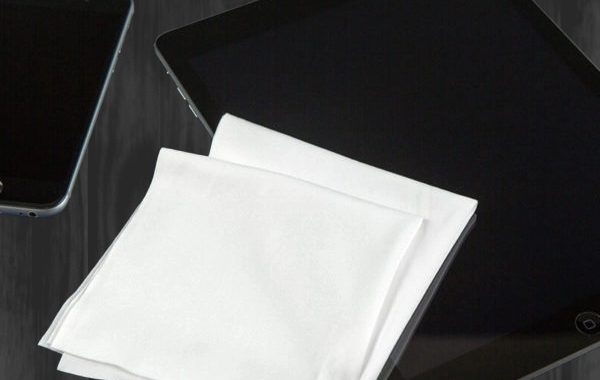Both pre-wetted and dry cleanroom wipes are essential tools for cleaning sensitive surfaces in controlled environments. Each type has its own advantages depending on the specific cleaning task and the materials being cleaned. Here’s a comparison of their features, benefits, and applications.
Key Features:
-
Pre-Wetted Wipes:
-
Pre-Saturated with Solvents: These wipes are pre-moistened with solvents like isopropyl alcohol (IPA), ready for immediate use.
-
Higher Efficiency: The solvent helps to break down oils, dust, and residues, making cleaning faster and more effective.
-
Quick Drying: Most pre-wetted wipes use fast-evaporating solvents, leaving surfaces dry and free of residue.
-
Antistatic Properties: Some pre-wetted wipes also feature antistatic properties, reducing the risk of electrostatic discharge (ESD).
-
-
Dry Wipes:
-
No Solvents: These wipes are dry and are used for dusting and wiping surfaces without any solvent.
-
Versatile Use: Ideal for general cleaning tasks or where solvents are not required.
-
Reusable: In many cases, dry wipes can be reused, provided they are not contaminated.
-
Minimal Risk of Liquid Exposure: As there is no liquid, there is no risk of introducing moisture to sensitive electronics or equipment.
-
Application Range:
-
Pre-Wetted Wipes:
-
Electronics Manufacturing: Used to clean circuit boards, screens, and components effectively.
-
Optical Lenses: Ideal for cleaning optical devices where solvents help to remove smudges and fingerprints.
-
Cleanroom Environments: Essential for environments requiring the removal of both static and contamination without introducing additional moisture.
-
-
Dry Wipes:
-
General Surface Cleaning: Suitable for cleaning non-sensitive surfaces like workstations, tools, or equipment.
-
Laboratories: Used for wiping down surfaces and instruments where solvent use may not be appropriate.
-
Packaging and Assembly Lines: Ideal for wiping down surfaces where liquid exposure could be problematic.
-
Best Practices:
-
Pre-Wetted Wipes:
-
Proper Storage: Store in sealed, clean environments to prevent the solvent from evaporating.
-
Single Use: Use once to avoid cross-contamination and dispose of immediately.
-
-
Dry Wipes:
-
Avoid Reusing Contaminated Wipes: Dispose of dry wipes if they become too dirty to avoid spreading contaminants.
-
Store Clean and Dry: Keep dry wipes in sealed conditions to avoid contamination before use.
-


